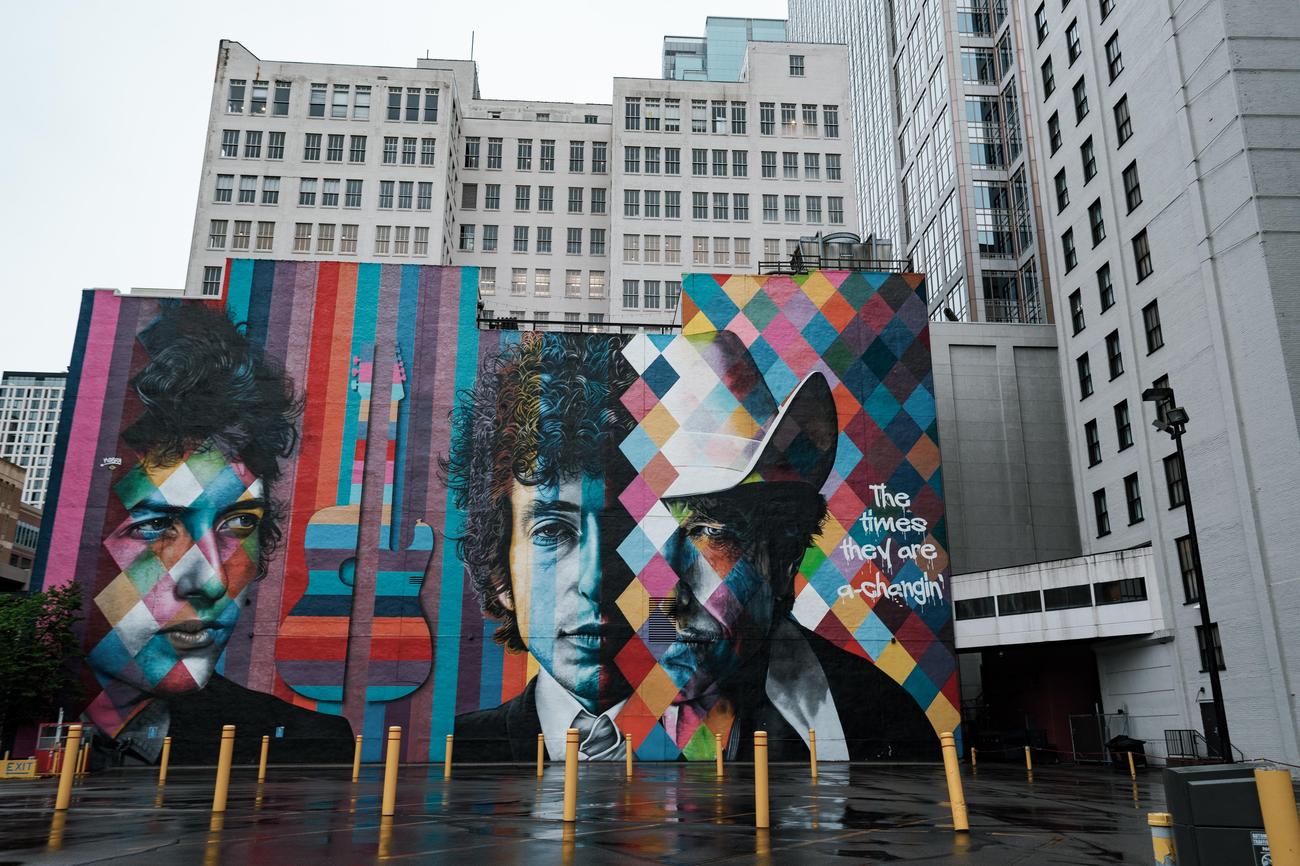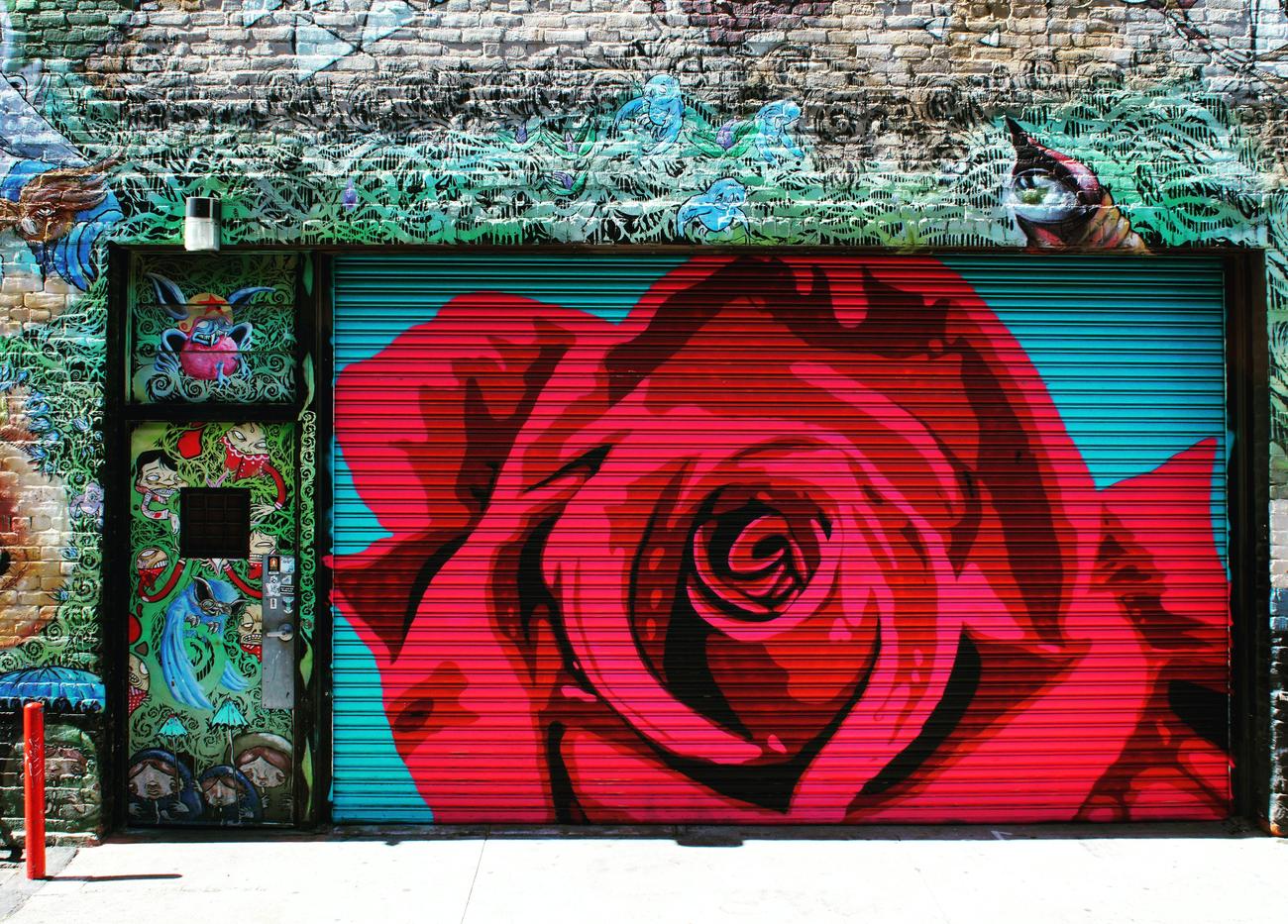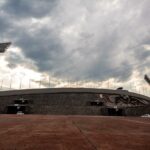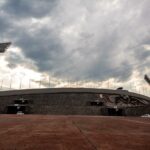Unveiling the Revolutionary Narratives: Diego Rivera’s Mural Themes

Prepare to embark on an artistic journey that will transport you to the heart of 20th-century Mexican muralism – a movement that ignited the flames of change, upheld the struggles of the working class, and championed the ideals of social justice. In this article, we delve deep into the immersive world of Diego Rivera’s captivating murals, as we uncover the rich tapestry of his revolutionary narratives. As we explore the vivid colors, symbolic imagery, and powerful themes that characterize his iconic works, we will discover how Rivera’s art not only tells a compelling story but also holds the key to understanding the remarkable impact it had on modern art movements worldwide. Join us on this enlightening journey as we decode the hidden depths of Rivera’s mural themes, revealing the profound legacy that continues to resonate today.
Diego Rivera Mural Themes
Diego Rivera, the renowned Mexican painter, left an indelible mark on the art world with his iconic murals. These vibrant and powerful artworks not only captivate viewers with their vivid colors and intricate details but also convey profound narratives of social justice, cultural heritage, and the struggles of the working class. In this article, we will delve into the revolutionary themes that define Rivera’s murals and explore their significance in shaping modern art movements around the world.
Rivera’s murals are a reflection of his unwavering commitment to leftist political causes. With a Marxist interpretation of history, he focused on themes that depicted class conflict and the ongoing struggle of the Mexican people against foreign invaders. Rivera divided life into two main themes in his work: work and leisure. Through these themes, he sought to highlight the hardships faced by the working class and celebrate their strength and resilience.
In Rivera’s murals, you will find powerful representations of the Mexican peasantry, American workers, and revolutionary figures like Emiliano Zapata and Lenin. These figures serve as symbols of resistance and hope, embodying the fight for social equality and justice. Rivera believed in making “the people the heroes of mural painting,” and he portrayed them engaging in various activities that showcased their skills, talents, and cultural heritage. From grinding corn to playing music and creating art, the working class took center stage in his murals.
One of the most striking aspects of Rivera’s work is his ability to convey complex narratives through vivid colors, symbolic imagery, and revolutionary themes. His murals can be found in various locations, including the Palacio Nacional in Mexico City, where his masterpieces adorn the walls and tell stories of Mexico’s rich history. These murals serve as a visual representation of Rivera’s deep understanding of the historical, social, and political context that shaped his work.
Rivera’s artistic technique also played a significant role in the impact of his murals. Initially, he experimented with organic materials for his artworks, but later reverted to a traditional fresco technique for longevity. This commitment to preservation allows viewers to experience his powerful narratives for generations to come.
Rivera’s upbringing and personal background also influenced the themes depicted in his murals. Born in Guanajuato, Mexico, in 1886, he came from a family of teachers and displayed artistic talent from a young age. His parents’ influence, along with his own experiences and observations of societal issues, shaped his artistic perspective. Rivera’s murals became a vehicle for fostering Mexican cultural pride, as he stylized representations of the working classes and indigenous cultures, celebrating their contributions and heritage.
In conclusion, Diego Rivera’s murals transcend artistic excellence and serve as a testament to the power of art in advocating for social justice and cultural heritage. Through his revolutionary themes, vivid colors, and symbolic imagery, Rivera created a visual narrative that resonates with viewers on a deep level. The working class, the struggles they face, and their indomitable spirit take center stage in his artwork. Rivera’s murals continue to inspire and captivate audiences, leaving an enduring legacy that shapes modern art movements worldwide.
As Rivera once said, “The mural is the synthesis of artistic and revolutionary action… it is not merely a decorative element, but also an instrument of education and social redemption.” Indeed, his murals unveil revolutionary narratives that still hold relevance in today’s world, reminding us of the power of art to challenge the status quo and inspire change.
Keywords: Diego Rivera mural themes
Diego Rivera was a renowned Mexican artist known for his incredible mural paintings. His work can be seen all over the world, but nothing beats the experience of witnessing his murals in person. Among his most famous works are the Diego Rivera Murals, which depict the rich history and culture of Mexico. These breathtaking masterpieces can be found at various locations, and if you’re a fan of art and history, you definitely don’t want to miss them. Take a virtual tour of the Diego Rivera Murals here and let Rivera’s artistry transport you to a world of beauty and inspiration.
FAQ
Question 1
What were Diego Rivera’s main themes in his murals?
Answer 1
Diego Rivera’s main themes in his murals were work and leisure, highlighting a Marxist interpretation of history with a focus on class conflict and the struggles of the Mexican people against foreign invaders.
Question 2
Where can Diego Rivera’s murals be found?
Answer 2
Diego Rivera’s murals can be found in various locations, including the Palacio Nacional in Mexico City.
Question 3
What technique did Diego Rivera use for his murals?
Answer 3
Diego Rivera initially experimented with organic materials for his murals but later reverted to a traditional fresco technique for longevity.
Question 4
What did Diego Rivera aim to portray in his murals?
Answer 4
Diego Rivera aimed to make “the people the heroes of mural painting” and portrayed them engaging in various activities such as grinding corn, playing music, and creating art.
Question 5
What was the significance of Diego Rivera’s murals in the art world?
Answer 5
Diego Rivera’s murals played a significant role in establishing the mural movement in Mexican and international art. His stylized representations of the working classes and indigenous cultures fostered Mexican cultural pride and his work continues to be celebrated for its political, social, and artistic excellence.
“`json
“`
- Senior at What Age: Benefits & Eligibility Guide - March 29, 2025
- Unlocking Senior Benefits: How Old is a Senior? Your Complete Guide - March 29, 2025
- Master Russian Politeness:A Guide to Saying Please - March 29, 2025
















